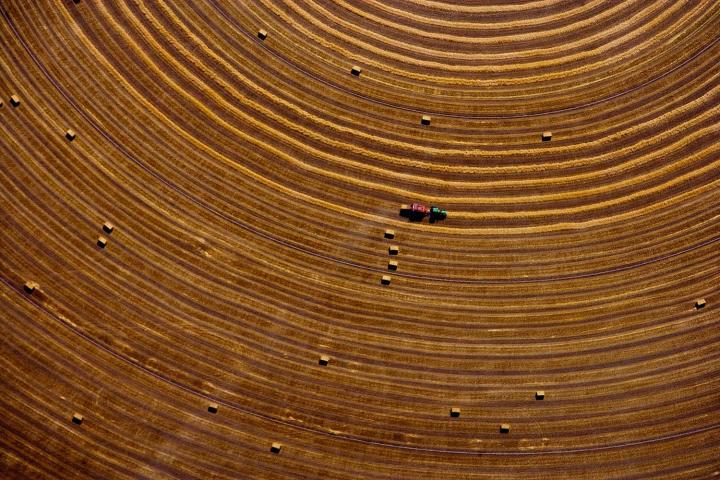
For most of us in the United States, mobile apps, while fun and entertaining, offer little by way of real substance. Sure, it’s great fun to beat your latest high score on Candy Crush, or send an ephemeral message to the friend sitting next to you, but let’s face it — nothing life-changing is really going on here. But that isn’t always the case when it comes to apps, especially in some of the countries that need them and mobile technology the most. Here to prove it is a new app called Jooble, which emerged from TechCrunch Disrupt in London this weekend. Written in Python and making use of Twilio’s SMS API, Jooble hopes to connect smartphone owners with jobs, particularly in developing countries.
The app was the brainchild of computer science students Vojta Petrus, Marcelo Gutierrez, and Peter Javorki, who spent 16 hours developing the end result. Gutierrez was the main catalyst behind the app — raised in Bolivia, the University College of London student has long been aware of the need for employment in his home country, and the difficulties that often come alongside finding work.
But Jooble may be able to help by connecting rural job seekers with opportunities that could be in their backyards. Even if a Jooble user doesn’t have an internet-connected device, as long as there’s a mobile phone with text messaging capabilities around, they could receive notifications about potential employment opportunities. Sure, not everyone in the world is Wi-Fi or 4G connected (far from it, in fact), but the number of folks with phones as a whole has jumped significantly — by 2020, it’s estimated that there will be more than 6 billion smartphone users.
While their original focus may have been on agricultural engagements, the trio said that they could expand the app to become even more advanced. For example, there’s talk of integrating IBM Watson’s natural language processing technology so job seekers can describe the sort of employment they’re searching for, as well as crawling the web for a whole host of job types.
Of course, what comes of Jooble is still to be determined, as both Petrus and Gutierrez are still students in the United Kingdom, and Javorki is based in Amsterdam. That said, it seems like this team has hit upon something meaningful, and they may just be looking to take it to the next step.
Editors' Recommendations
- Google Play Store helps find the apps invading your privacy
- Can an app help your kids to sleep? I tested Moshi Twilight to find out
